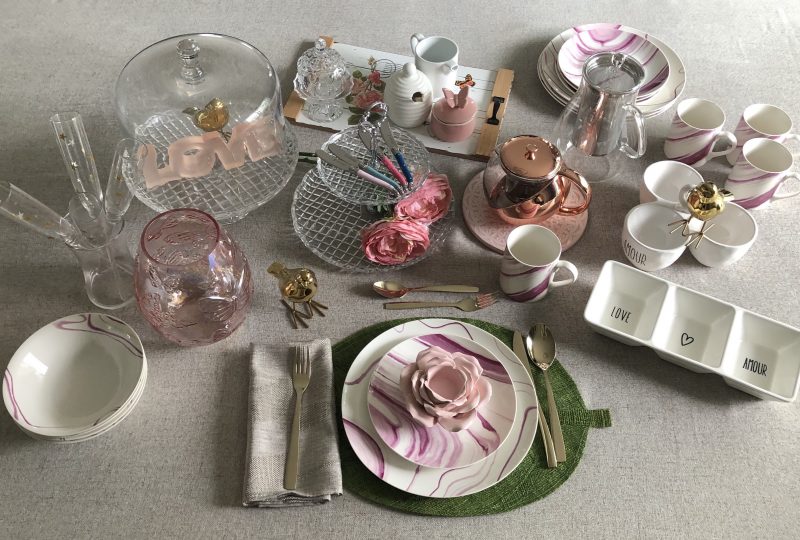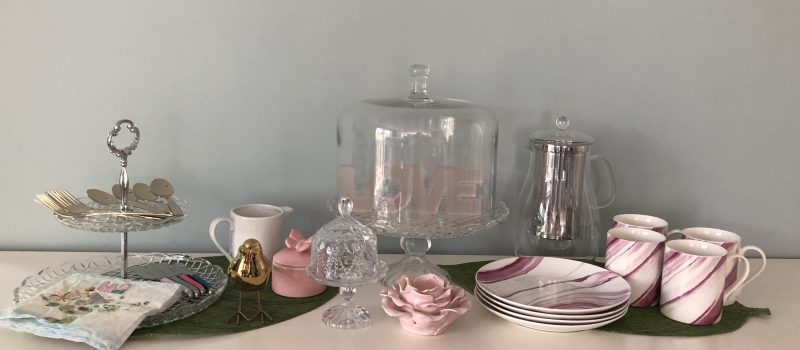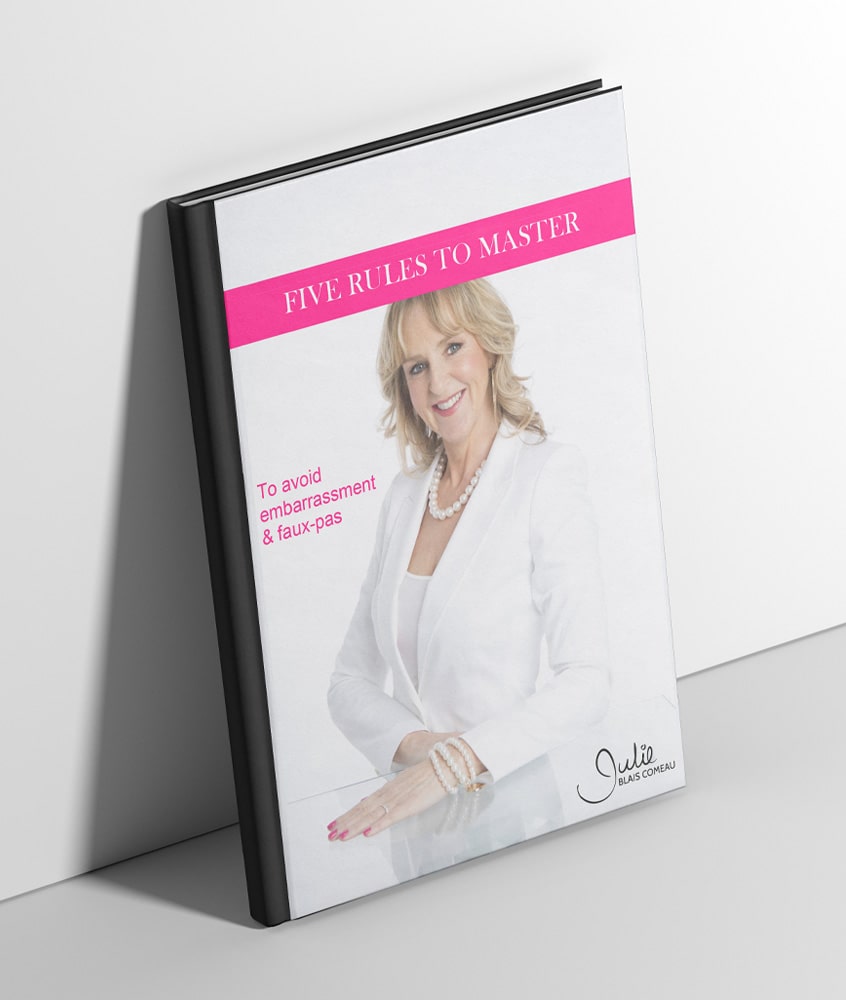
The shower being an exclusive activity for women and celebrated in the afternoon, Afternoon Tea is the perfect theme to inspire you from the menu to your outfit. As an etiquette specialist, I will guide you on all the traditions and trends.
The origins of Afternoon Tea date back to the 1840s. Around 4 pm, Anna, Duchess of Bedford, invited her friends to enjoy small bites served on “low” tables in her boudoir.
The “High” Tea was the servants’ meal before the evening meal of the masters of the house. Served between 5:00 pm and 7:00 pm, it consisted of hot meats, potatoes and pastries, and of course accompanied by the traditional tea. It was served as a buffet on a “high” table.
The “Royal” tea is the addition of a glass of champagne or sherry to serve Afternoon Tea. Add excitement to your celebration with a glass of bubbly for the toast!
The goal being a shower of gifts, it is never the couple who organizes this celebration. Traditionally it is the friends. Nowadays, it is not uncommon for the mother or mother-in-law, or the sisters and sisters-in-law of the future bride or mom to organize. All share responsibilities and costs.
The showers can take place from two months to two weeks before the wedding celebration or the arrival of the baby.
Even if surprises are fun, avoid any awkward situation by seeking the approval of the future bride or mom. Guests at a bridal shower or baby shower should also be invited to the wedding or be important to the mother and her baby. Otherwise, there could be the perception of a quest for gifts. The exception is when a shower is organized by co-workers. If there is more than one shower, invite by network to a single party. Only the immediate family and the wedding party are invited to all celebrations.
Unlike wedding invitations, which must not contain any gift specifications, those of the shower are necessary. If the couple is registered for a gift registry, add “The bride and groom are registered with Stokes” at the bottom of the invitation.
Ensure consistency for successful memories by indicating the degree of formality desired and why not add a color palette and wearing hat.
Satisfy all your senses with varieties served by stations on cabarets or placemats. Use tiered plates to minimize space.

Offer the tea cups that have served as place holders. Also send personalized thank you notes.
Pinky up or not?
Originally, tea was served in china cups without a handle. It was held with the thumb and index finger, the little finger served to balance. Nowadays, the cup is held in the right hand with the thumb in front and the index behind the handle. The little finger in the air is your choice.
Milk or tea first?
Milk goes back to a time when cottages were cold in winter. To protect the cup from the shock of hot water, the milk was poured before. Today, it is recommended to add the milk after tea to taste, observing the change of color.
To wear a hat or not?
As always, women can keep a hat inside before 6 pm, as long as it does not get in anyone else’s way.
Long live the bride or the coming of baby, darrrling! And we’re saying that with our little finger in the air 😉
Are you in a sticky situation? This blog is at your service. Write to me at julie@julieblaiscomeau.com. Your situation may enlighten other readers.
